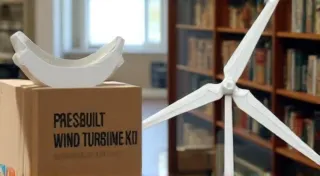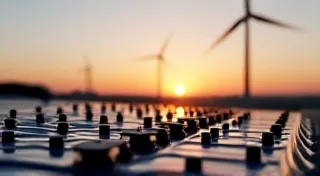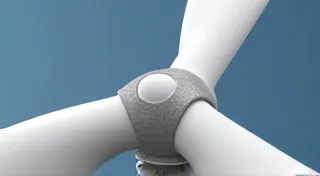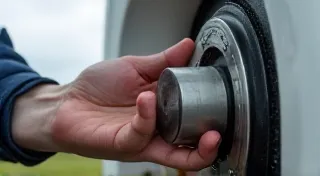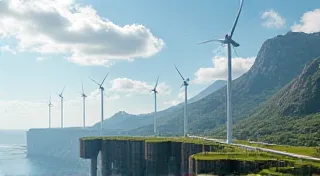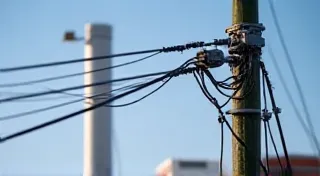Troubleshooting Common Wind Turbine Problems
Building your own small-scale wind turbine is a rewarding project, offering a chance to harness renewable energy and gain a deeper understanding of engineering principles. However, like any mechanical system, wind turbines can encounter problems. This guide provides solutions to common issues, helping you keep your DIY wind power system running efficiently. Before diving into troubleshooting, it's crucial to understand the fundamental principles of wind turbine efficiency. Exploring factors that influence performance, and how to improve it, can often prevent future issues. You can learn more about Understanding Wind Turbine Efficiency: Factors and Improvements for a deeper dive.
1. Turbine Not Spinning
A non-spinning turbine is often the first sign of trouble. Here's what to check:
- Wind Conditions: Is there sufficient wind? Turbines have a cut-in speed – the minimum wind speed required for rotation. Check local wind conditions.
- Obstructions: Ensure the blades aren't obstructed by anything. Even a slight obstruction can prevent rotation.
- Blade Balance: Imbalanced blades create significant drag. Re-check blade construction and weight distribution. Minor adjustments can make a big difference. Improperly balanced blades can also lead to increased vibration and noise, which can damage the turbine over time.
- Bearing Issues: Check the bearings. A seized or overly stiff bearing can prevent rotation. Lubricate or replace as needed. Regular maintenance is key to avoiding bearing-related issues.
- Tower Height: A tower that's too short may experience turbulent and inconsistent winds. Consider a higher placement if feasible.
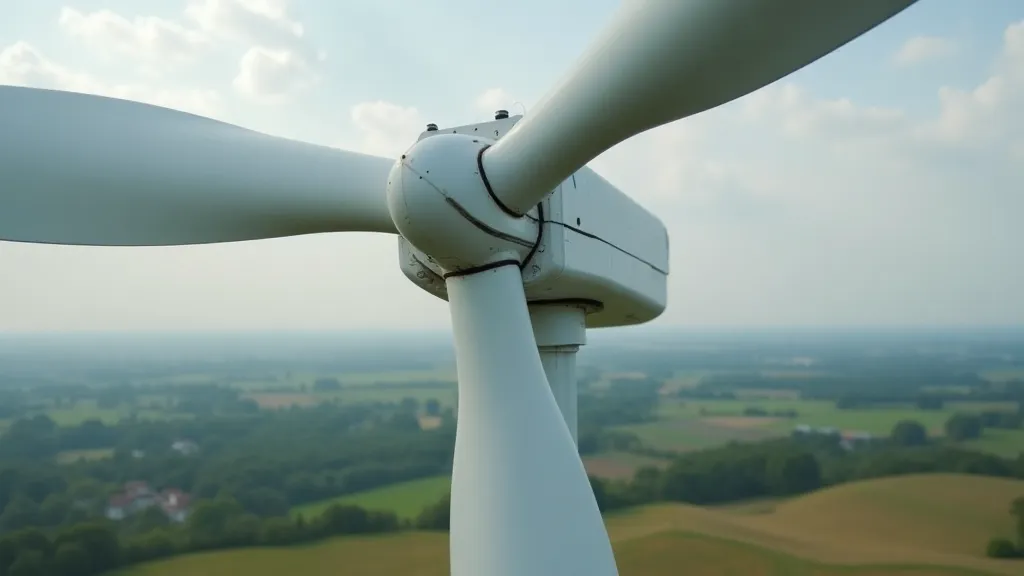
2. Low Power Output
If your turbine is spinning but producing less power than expected, investigate these potential causes:
- Generator Issues: Check the generator for proper function. Test its output voltage with a multimeter. Generator failure can be a complex issue often requiring expert diagnosis.
- Blade Aerodynamics: Imperfect blade design or damage can drastically reduce efficiency. Ensure blade profiles are accurate and consistent. Minor tears or cracks need repair. The choice of material for your turbine blades plays a large role in both efficiency and durability. You can find details about Choosing the Right Wind Turbine Blade Material: PVC vs. Wood vs. Fiberglass to guide your selection.
- Gearbox Problems (if applicable): If your turbine uses a gearbox, check for wear, damage, or lubrication issues.
- Wiring Connections: Loose or corroded wiring can reduce power transmission. Inspect all connections and clean or replace as needed.
- Load Mismatch: Is the load too high or too low? Adjust the load to maximize efficiency. Proper load management is also critical for efficient energy storage within your system.
3. Excessive Vibration
Vibration indicates instability and can damage your turbine. Common causes include:
- Blade Imbalance: This is a primary source of vibration. Carefully balance the blades, often by adding small weights to the lighter blades.
- Tower Instability: A shaky tower will amplify vibrations. Ensure the tower is securely anchored and robust enough to withstand wind loads. Proper construction and safety are paramount when building a wind turbine. For critical guidance, review Safety First: Wind Turbine Construction and Operation Precautions.
- Loose Components: Tighten all bolts and fasteners.
- Resonance: The turbine's natural frequency might be resonating with wind gusts, creating amplified vibrations. Adjust blade pitch or turbine mass to mitigate this.
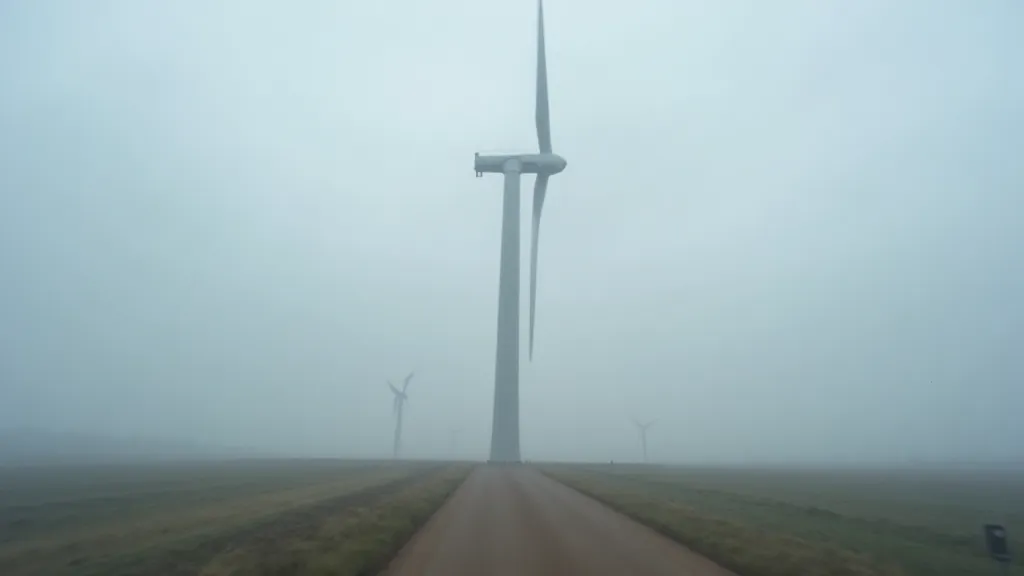
4. Generator Overheating
Excessive heat in the generator signals a problem. Causes include:
- Overload: Drawing too much power can overheat the generator. Reduce the load.
- Poor Ventilation: Ensure adequate airflow around the generator to dissipate heat. Consider adding cooling fans or improving the turbine's design to enhance ventilation.
- Generator Failure: The generator itself might be failing. Test and potentially replace it. Replacing a generator can be a complex task and may require specialized knowledge.
5. Noise Issues
While some noise is normal, excessive noise can indicate problems:
- Blade Aerodynamics: Turbulent airflow over the blades creates noise. Fine-tune blade angles and profiles. A careful analysis of airflow patterns can often reduce noise and increase efficiency.
- Bearing Issues: Worn or dry bearings create noise. Lubricate or replace.
- Tower Resonance: Tower vibrations can amplify noise. Address tower stability issues.
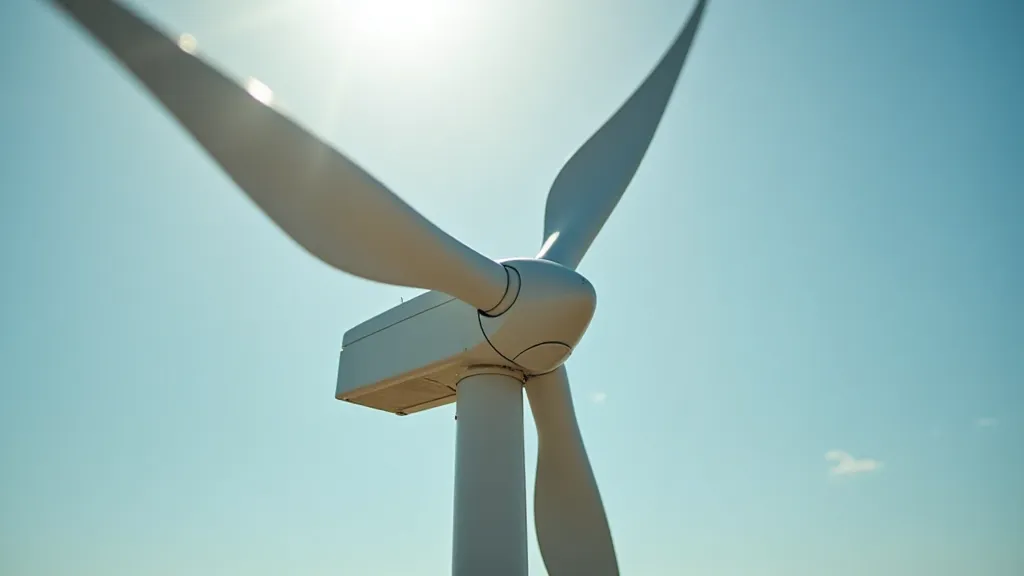
Advanced Troubleshooting and System Integration
Beyond the common issues outlined above, diagnosing wind turbine problems often requires a systematic approach. This can involve using diagnostic tools like oscilloscopes and multimeters to analyze electrical signals and mechanical vibrations. Understanding the electrical characteristics of your generator is vital for ensuring optimal performance. Correctly sizing your energy storage system, especially battery selection, is also critical for reliably powering your loads. Choosing the appropriate battery type and capacity is a decision that needs careful consideration.
Long-Term Maintenance and Optimization
Preventative maintenance is key to extending the lifespan of your wind turbine and avoiding costly repairs. Regular inspections should include checking blade integrity, tightening fasteners, lubricating bearings, and testing electrical connections. Monitoring the turbine's performance over time can help identify developing issues before they escalate into major problems. Analyzing the efficiency of energy storage and power transmission also plays a key role. For those interested in pursuing advanced techniques to extract the most power from their turbines, you might consider consulting experienced professionals and staying updated on the latest advancements in wind energy technology. A well-maintained wind turbine contributes to both energy independence and environmental sustainability.
Disclaimer: Working with wind turbines involves electrical and mechanical hazards. Always prioritize safety and follow appropriate safety precautions. This guide provides general troubleshooting tips; specific issues may require more specialized knowledge. Consult with experienced professionals if needed.
